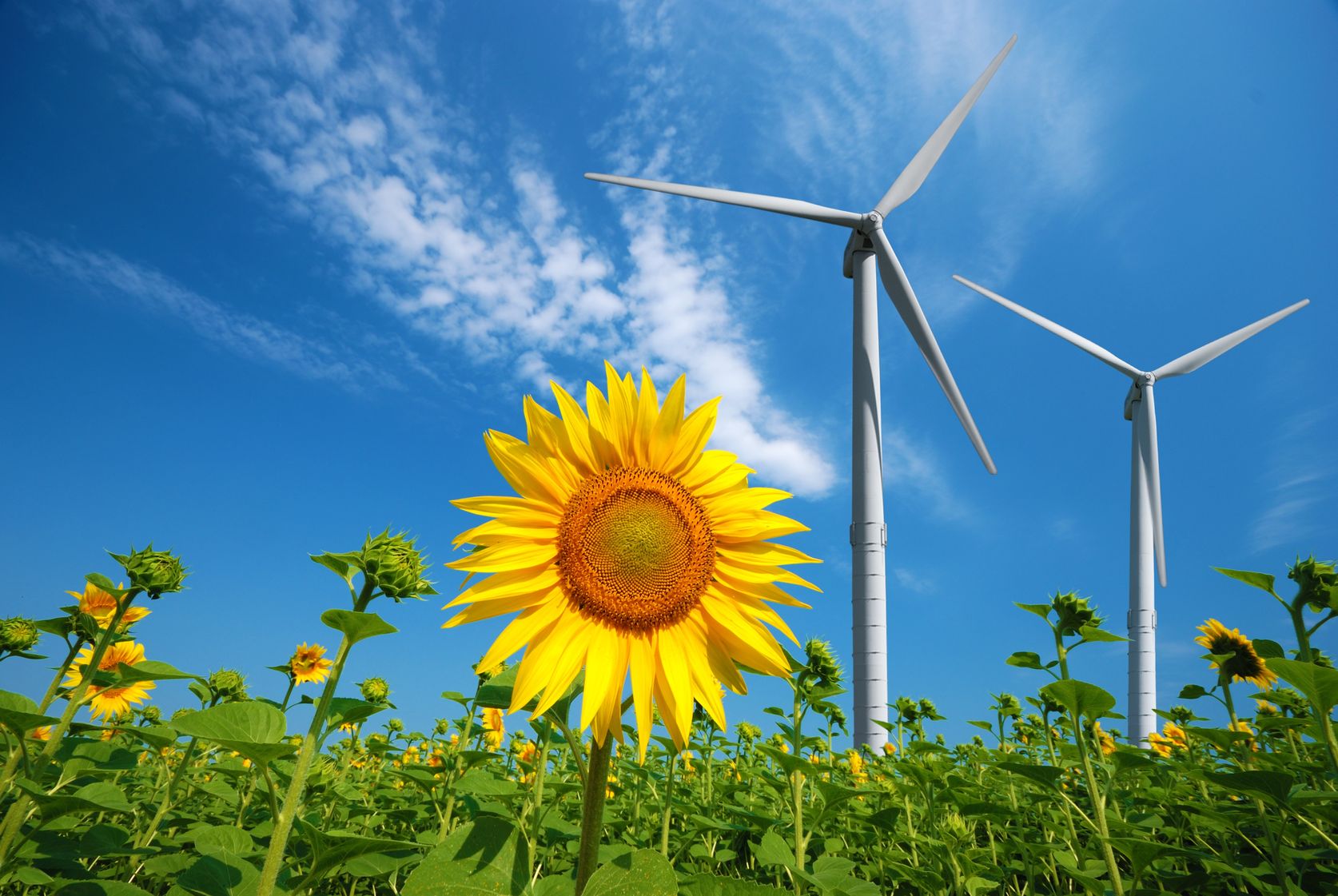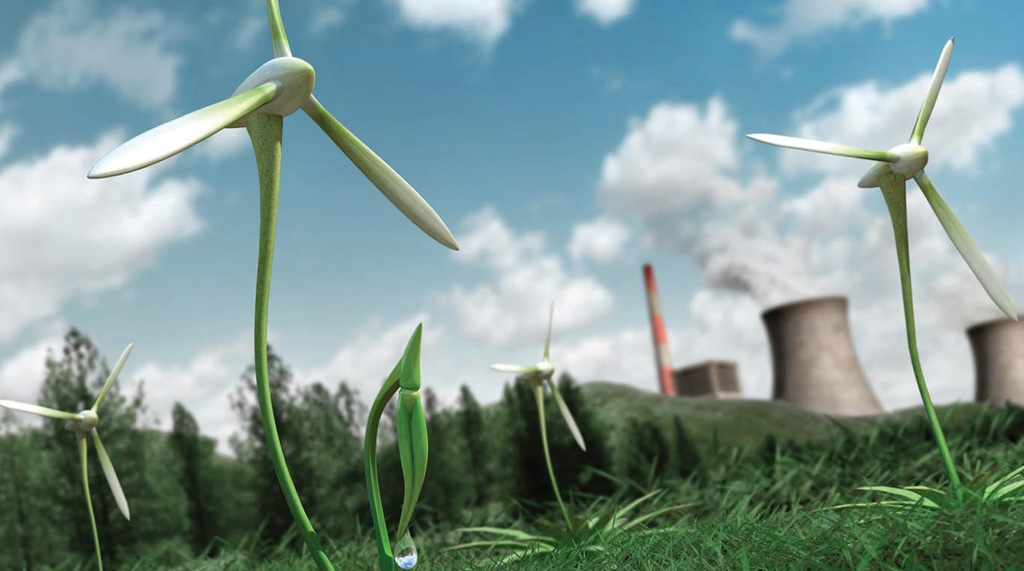Energy Storage
But what is energy storage?
Energy storage is a collection of methods used to store electrical energy on an electrical power grid, or off it. Electrical energy is stored during times when production exceeds consumption, and returned to the grid when production falls below consumption.
Because the demand for electricity fluctuates throughout the day, the electricity storage devices can manage the amount of power required to supply customers at times when need is greatest, which is during peak load and half-hours of peak demand are usually referred to as Triads. Triad demand is measured as the average demand on the system over three half-hours between November and February (inclusive) in a financial year. These three half-hours comprise the half-hour of system demand peak and the two other half-hours of highest system demand which are separated from system demand peak and each other by at least ten days.
However, we are witnessing a paradigm change. Historically, electricity generation has been designed to follow demand. Now, we are moving towards a world in which higher virtually continuous demand is expected to be met to a large extent by renewable energy sources, wind and sun, that are intermittent and not predictable and therefore not able to generate much of the time. This challenge makes electricity storage critical and the next frontier in energy infrastructure since more and more countries will need energy storage technologies to balance the sometimes unpredictable supply of renewable energy and demand.
What is the impact of energy storage on the environment?
Reducing CO2 emissions while ensuring security of energy supply is at the forefront of the EU integrated approach to fight climate change. In 2007, Member States set the so-called “20-20-20” targets by 2020:
• a 20% reduction in EU greenhouse gas emissions (GHG)
• a 20% increase of the share of Renewable Energy Storage in EU’s energy consumption
• a 20% increase of energy efficiency
In 2011, the European Commission published its Energy Roadmap 2050 exploring pathways toward a low carbon economy with a CO2 emission reduction of 85-90% compared to 1990 levels. Switching to Renewable Energy Storage, in particular non-dispatchable generation such as wind and solar photovoltaic (PV), will increase the need for flexibility in the energy system.
Energy storage is especially well suited to respond to this challenge and ensure a continued security of energy supply at any time. Energy storage is one of the enabling technologies to deploy renewable energy generation at large scale and reach a high percentage of renewable energy on the electricity mix. Energy storage can enable the energy system to operate more efficiently (i.e. to reduce system losses), and it can substitute grid services that are at present provided at present by fossil fuelled generation devices.
Benefits of Energy Storage
There are a number of benefits energy storage can offer in various forms and to various stakeholders, these include:
- Energy storage can enable the integration of more renewables (especially solar PV and wind) in the energy mix.
- Storage technologies could decrease the need to invest in new conventional generation capacity, resulting in financial savings and reduced emissions especially from electricity generation.
- Storage technologies improve our energy security by optimising the supply and demand, thus reducing the need to import electricity via interconnectors.
- They can also provide system stability during electricity outages by supplying energy at these times and reducing the financial costs of power outages.
- Utilisation of storage also means fewer and cheaper electricity transmission and distribution system upgrades are required.
- Energy can be stored when prices are low and used on site when they are high to save consumers and businesses money on their bills. Alternatively, the stored energy can be sold.
- Large amounts of energy storage can significantly reduce energy loss during transmission and distribution. Electricity transmission losses typically run at just below 10% of the total energy first produced in the UK.
- Storage technologies can reduce the usage of fossil fuels, enabling a greener energy supply mix.
Battery Energy Storage Systems
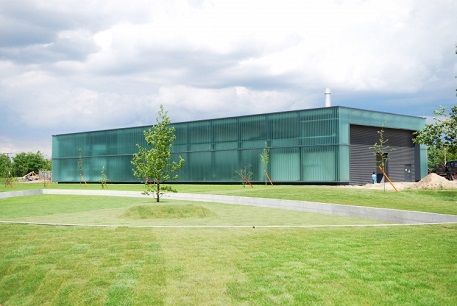 Renewable energy deployment and policies to modernise electricity production and consumption have propelling numerous advances, including increased battery storage.
Renewable energy deployment and policies to modernise electricity production and consumption have propelling numerous advances, including increased battery storage. Battery Energy Storage Systems play an important role in integrating and accelerating renewable energy deployment. There are four applications in which batteries are deployed to increase the share of variable renewable energy and improve electricity supply reliability.
These application areas are:
- Island systems and off-grid/rural electrification with renewable energy deployment
- Households with solar photovoltaic (PV)
- Variable renewable energy smoothing and energy supply shift
- Fast, short-term electricity balancing in ancillary markets
Battery Energy Storage System and Primary Power Components
The battery is only one part of a larger battery storage system, displayed and described in the figure 1 below.
A battery system makes the energy from a solar and wind plant dispatchable and controllable. When the grid is being used at it’s maximum capacity, the energy from the solar and wind plant can be temporarily stored in the battery system. At a later moment the energy from the battery can be dispatched and sold. At the same time the battery system will help to smoothen short term variations in the energy productions due to changing weather conditions.

A battery storage system contains several primary components, including the battery, monitoring and control systems, and a power conversion system. Cell-based batteries consist of individual cells connected into modules and then into packs. Flow batteries consist of external tanks filled with an electrolyte which flows through a reaction stack. Monitoring and control systems, referred to as the battery management system, ensure safety and maximise performance. The battery management system prevents individual cells from overcharging, and controls charge and discharge of the battery. This is important for safety and performance. Battery cells and component monitoring may vary to some degree, in that different types require emphasis on particular issues. For instance, lithium ion battery packs must emphasise thermal monitoring and controls, given a tendency to overheat. In many of the new devices that are entering on the market, the storage system is also coupled to an inverter to provide one integrated product.

In addition, the system may need to incorporate power electronics to communicate with the area utility and adhere to local grid interconnection requirements. For example, while the majority of conventional electric systems run on alternating current (AC), batteries deliver electricity as direct current (DC). This means a power conversion system is required, which contains bi-directional inverters. The power conversion system in this case converts DC power from the battery to AC power for grid use or site demand With the use of a rectifier, AC flows back to the battery for charging after conversion to DC power (EPRI and DOE, 2013).
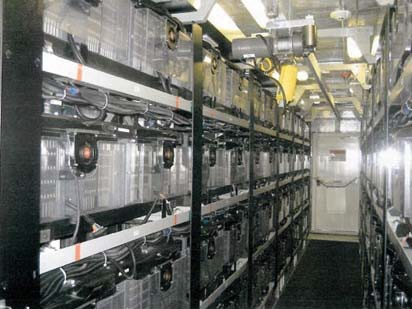
Battery management systems are increasingly complex and expensive for larger battery solutions. For example, one new development is the integration of software technologies and tools to allow for remote tracking, control and management of battery storage systems. With up to date information about sun and wind forecasts, the charging level, expected electricity demand and information about the state of charge of other battery systems, it will become possible to optimise and create intelligent demand and supply assets to manage load. For example, in 2008 a 22-foot containers with lithium ion battery storage systems provided 500 kW, while the same container in 2014 can provide up to 2 MW of capacity.
Battery storage can be located at the centralised solar and wind power production site to smooth variable generation output as it is fed into the grid. It can also store excess renewable production for later periods. This process, in which excess renewable energy production is matched to periods of higher demand, is known as energy supply shift. These applications are distinguished from regulation because they occur on the renewable energy production side, storing energy directly generated from the specific renewable energy resource. By contrast, battery storage regulation services operate at the grid level.
Battery Selection
In most reports, a number of key technical features are used to compare different energy storage options. In particular, energy storage technologies are often displayed on the basis of power in MW and/or energy in MWh on the x-axis, set against discharge time (seconds to hours) on the y-axis. Some of the most significant considerations for battery selection are presented in figure 2 and 3.


Some of these considerations relate to the life and performance of the battery, such as DoD, temperature, calendar and cycle life, as well as efficiency and performance requirements. Others are related to the specific location in which the battery is required, such as space limitations, installation infrastructure and ambient conditions. Other considerations are economic. These relate to battery cell and module cost, power component availability and cost, and maintenance costs. Others relate to risks concerning the manufacturer and vendor. Technology and company track record as well as a warranty may be significant criteria to ensure individual product quality and performance and to hedge against the financial cost of defective components. Safety is an important consideration in all situations. Finally, the specific application of storage is affected by the local policy and regulatory environment. This affects incentives, remuneration, interconnection standards and other considerations.
Investment Opportunities
 In recent years investors all over the world have paid increasing attention to the renewable energy industry.
In recent years investors all over the world have paid increasing attention to the renewable energy industry.Investments in renewable energy projects tend to be long-term.
Top 10 Reasons To Invest In Renewable Energy Projects In Partnership With AMDC Energy Limited
1. Level of Returns
A typical internal rate of return (IRR) on a renewable energy project would be 6-8% at current rates.
By working in partnership with AMDC Energy it is possible for returns from direct investments in renewable energy projects to reach 11%, sometimes more if the project hasn’t been built yet, or if there are tax breaks included for which some projects qualify, giving an uplift to our investors of 30%.
Another part of the reason returns can be higher than on investments of a comparable risk profile is down to the Feed-In Tariff (FIT), the government-backed subsidy that pays developers of renewable energy a top-up amount for producing clean energy instead of the alternative fossil fuels and nuclear. This amount is set at the date a project is installed and changes only to rise in line with inflation for 20 or so years – the typical term for which a FIT is guaranteed.
2. Stability of Returns
The sun and wind are pretty much constant.
The subsidies renewables attract are also constant – and rise in line with inflation (see below). In the past, there have been concerns over the reliability of the existence of the subsidy itself but following a court case in 2012 that ruled the government could not retrospectively pull the FIT, these fears have been calmed.
The only real variables in the returns come from changes to electricity prices, which are governed by the market and are harder to predict than subsidies, but there are historical trends.
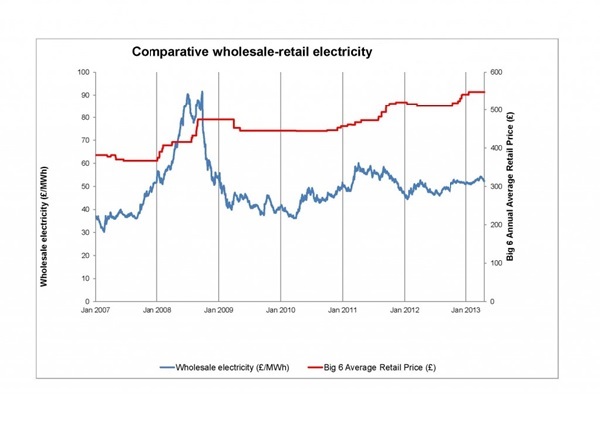 3. Inflation-beating Investment
3. Inflation-beating InvestmentBecause of the FIT, but also because of energy prices, which contribute to returns in two ways. First, if energy prices are going up, the developer is receiving more revenue for the energy they produce and some of this goes back to the investors. Second, energy prices are included in the Retail Price Index (RPI) and in fact, have a large bearing on it as energy makes up so much of household spending.
Hence energy prices push up RPI and therefore also push up the index-linked FIT. Consequently, investors in renewable energy projects might be paying more on their energy bills, but are getting some money back in the form of higher returns on your renewable investments.
4. Transparency
You know where your money is going. We will keep you updated in a transparent way with all the stages of the project.
You can’t siphon money off into a renewable energy project. It is there, you can drive up to it, touch it and discuss it over a cup of tea with us.

5. Length of the Investment Term
Short-termism is everywhere in life, but nowhere is it more damaging than in finance. Think of the havoc wreaked by payday loans, for example. Long-term means building something worthwhile, not cutting and running. And renewable energy investments are long-term.
Abundance Generation debentures, for example, are for 20 years or so, in line with the duration of the FIT payments (capital is at risk). It does provide a big boost to returns to keep your money in something that is (crucially) inflation-linked, for a longer period.
If you re-invest any payments you receive from the investment before the end of the term, so much the better. For sure, there is a market for renewable energy investments which is developing.
6. Low Risk of Technology Failing
Renewable technologies are relatively new, but they are pretty dependable (one reason why insurers are quite happy to issue warranties for performance of panels and turbines for 20 years or more, and also why pension funds, which need sturdy places to put pension savers’ cash, like investing in them).
Once some panels or a turbine are installed, then barring some exceptional circumstances, they can be relied upon to start working straight away and not stop for years – in most cases way outlasting their 20-year FIT term or insurance warranty.
7. Impact on Local Communities
Generally the impact on local communities from local renewable projects is largely perceived as positive. Homeowners will benefit from cheaper energy and there is now a planned government incentive scheme to enshrine discounts on energy bills for communities that approve local renewables projects.
You can now invest in panels on the roofs of new-build and sometimes existing homes, contributing to the lower energy bills of others, or even on school roofs. And there are local jobs in it too.
8. Long-term Impact on Energy Bills
One of the problems with energy from fossil fuels is price volatility, but on an upwards curve. This is because fossil fuels are a finite resource, and as any budding economist knows, a dwindling supply of any good or service pushes up its price.
But the wind and sun are infinite – as long as there are enough panels and turbines relative to people on the planet, supply-side pressures on the price of energy from renewable sources are kept in check.
9. Impact on The UK’s Energy Security
We are dependent upon imports from other countries for everything we take for granted in our modern lives. And in these days of dependency on dwindling, increasingly expensive fossil fuels from or through countries, that’s a fairly powerless and perilous position to be in.
One of the greatest reasons to generate our own renewables projects and the structure to support them, favored by academics in particular, is energy security. In other words, if you own it, and it is down the road, then we are more secure than depending on overseas suppliers.
10. Impact on Earth
No noxious by-products mean less pollution and less threat of massively destructive natural disasters.
Considering the issue of climate change, even if you don’t believe that the planet is getting warmer, few deny the harmful effects of carbon dioxide (CO2) on the balance of the planet’s ecosystem. If we can stop pumping out the CO2 at such an alarming rate, the planet will breathe a little easier.
Grid Connection Integrated Services
We Connect Energy Producers and Users With Each Other. In a Sustainable and Profitable Way.

Hence, by collaborating with us on grid connections you will benefit of:
AMDC Energy’s provides a full range of project support services for generation connections as below:
1. Network Feasibility Studies / Assessment
2. Distribution Network Operator (DNO) Applications / G59 Grid Applications
• Complete search and identification of suitable sites, including brown field and sites with permitted development
3. Grid Connection Offer Due Diligence
4. Constrained Connections Feasibility Assessments (Smart Grids)
5. Grid Compliance Studies
• Load flow and reactive power capability
• Fault level and switchgear sizing
• P28 - Planning limits for voltage fluctuations caused by industrial, commercial and domestic equipment
• P29 - Planning limits for voltage unbalance
• G5/4, Stage 2 - Limits for harmonics in the supply system
• G5/4, Stage 3 - Limits for harmonics in the supply system
• Transient stability
• Generation site losses
6. Grid Connection Tools
For a complete and detailed explanation of a new grid connection process please contact us at:
Tel: +44(0)20 3019 5041
Email: This email address is being protected from spambots. You need JavaScript enabled to view it.
AMDC Energy’s bespoke team of specialists is specialized in finding and creating optimum and innovative connection points, for projects requiring new smart grid connections within the UK Network and overseas. We cover this niche by offering accurate and full applications to the electricity grid (in accordance with ENA Engineering Recommendation G59) and liaison with the DNO’s on our customers’ behalf until the grid offer is received.
Our detailed DNO’s applications allow for offers to be made cheaper, more accurately and often quicker than a regular application.

Hence, by collaborating with us on grid connections you will benefit of:
- Hassle free process
- Time saving
- Significantly less costs
AMDC Energy’s provides a full range of project support services for generation connections as below:
2. Distribution Network Operator (DNO) Applications / G59 Grid Applications
• Complete search and identification of suitable sites, including brown field and sites with permitted development
3. Grid Connection Offer Due Diligence
4. Constrained Connections Feasibility Assessments (Smart Grids)
5. Grid Compliance Studies
• Load flow and reactive power capability
• Fault level and switchgear sizing
• P28 - Planning limits for voltage fluctuations caused by industrial, commercial and domestic equipment
• P29 - Planning limits for voltage unbalance
• G5/4, Stage 2 - Limits for harmonics in the supply system
• G5/4, Stage 3 - Limits for harmonics in the supply system
• Transient stability
• Generation site losses
6. Grid Connection Tools
For a complete and detailed explanation of a new grid connection process please contact us at:
Tel: +44(0)20 3019 5041
Email: This email address is being protected from spambots. You need JavaScript enabled to view it.
Planning Services
 Our main objective is to help businesses, organisations and individuals to meet their development goals by giving them the advice and support they need to navigate the path to planning permission and development, especially when the planning system is one of the most regulated and complex than anywhere in the world as it is in England and Wales.
Our main objective is to help businesses, organisations and individuals to meet their development goals by giving them the advice and support they need to navigate the path to planning permission and development, especially when the planning system is one of the most regulated and complex than anywhere in the world as it is in England and Wales.We offer advice and guidance to clients from all sectors of the development industry – private landowners, local businesses, developers, public sector bodies as well as professional advisers to the property sector, such as solicitors, architects, accountants, and other property professionals, as follows:
1. Development Potential Assessment
We understand the feasibility of your proposed development.
2. Planning Strategies
We devise a route through the planning system that's aligned with your objectives.
3. Pre-Application Advice
We represent you in early negotiations with the local planning authority.
4. Planning Applications
We act on your behalf in all types of planning applications.
5. Public Consultation and Development Promotion
We engage with the community and other stakeholders on your behalf.
6. Planning Appeals and Public Inquiries
We advise you on all aspects of the appeals process.
7. Development Plan Representations
We influence the future value of your land assets.
8. Environmental Impact Assessment
We determine whether proposed development will have significant effects on the environment.
Suitable Brownfield Sites
 The energy sector offers big opportunities to landlords with suitable property to accommodate and develop a power generation facility. AMDC Energy together with its partners have earned an excellent reputation for maximising this potential on behalf of both landlord and its customers through the application of a comprehensive range of professional services to the electricity market. This includes brownfield site identification and acquisition, feasibility and transaction structure through to planning, development and funding.
The energy sector offers big opportunities to landlords with suitable property to accommodate and develop a power generation facility. AMDC Energy together with its partners have earned an excellent reputation for maximising this potential on behalf of both landlord and its customers through the application of a comprehensive range of professional services to the electricity market. This includes brownfield site identification and acquisition, feasibility and transaction structure through to planning, development and funding. Our dedicated team provides specialised resources and expertise to customers operating across all sources of energy, including renewable and non-renewable technologies. This may be related to identification of suitable sites, assistance with deployment of an individual generation technology or more detailed advice in relation to project financing and structuring.
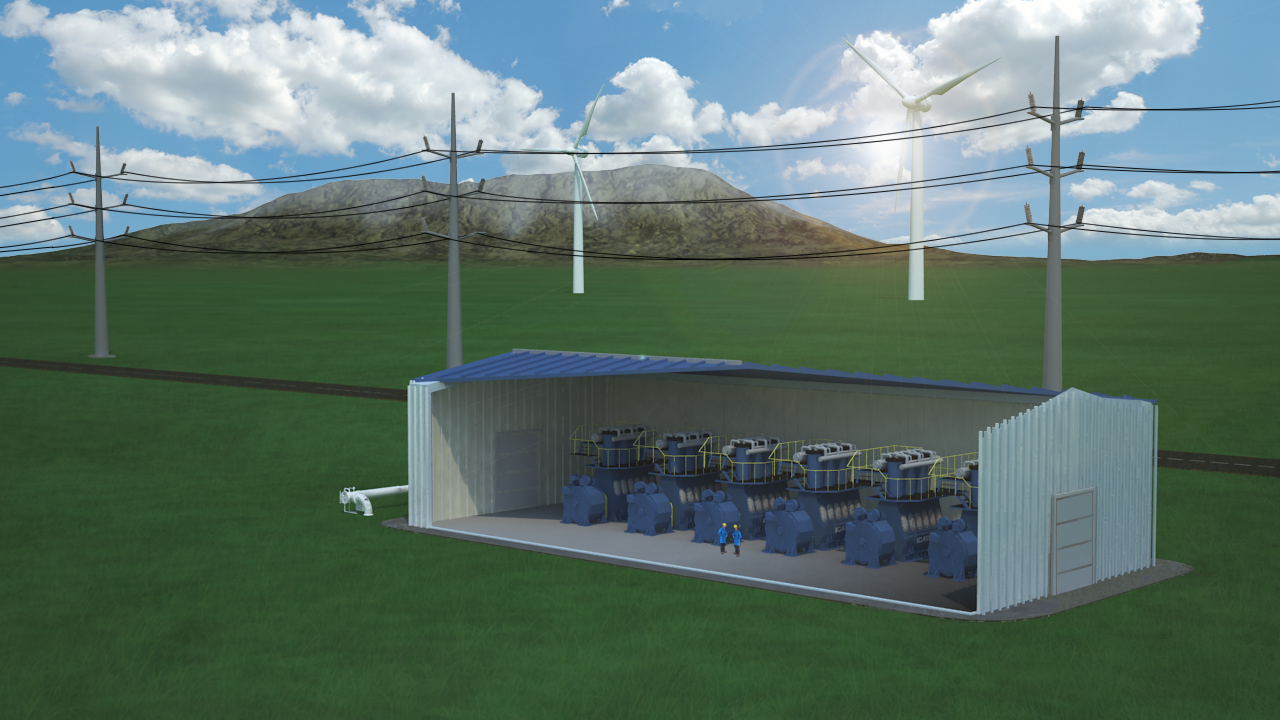 The team is experienced in providing advice to landlords and operators in technologies including:
The team is experienced in providing advice to landlords and operators in technologies including:· Energy Storage of Renewable Energy such as sun and wind
· Gas Power Generation
· Diesel Power Generation
The activities of our focused team are complemented by our the planning activites which require specific expertise in the consent processes which are often unique to particular technologies and which are fundamental to development.
We are currently focused on securing opportunities for Battery Energy Storage schemes, situated on sites of 0.5 acres or more. Further details are available to download in our Landlord Information Guide for Brownfield Sites.
 What is a suitable site?
What is a suitable site?Land:
- Minimum size of a tennis court ( 0.5 acres)
- Proximity to electrical connection (33kV) or next to a substation we have identified as having spare capacity ; please use the form below to tell us about your site and find out at no cost and no commitment how we can diversify your income as the energy storage system is installed
- Existing planning consent for storage uses or good potential to secure planning consent
We are looking in most areas of the United Kingdom which still have spare capacity to connect to the grid. Due to grid constraints, there is currently limited potential in East Anglia and South Wales.









